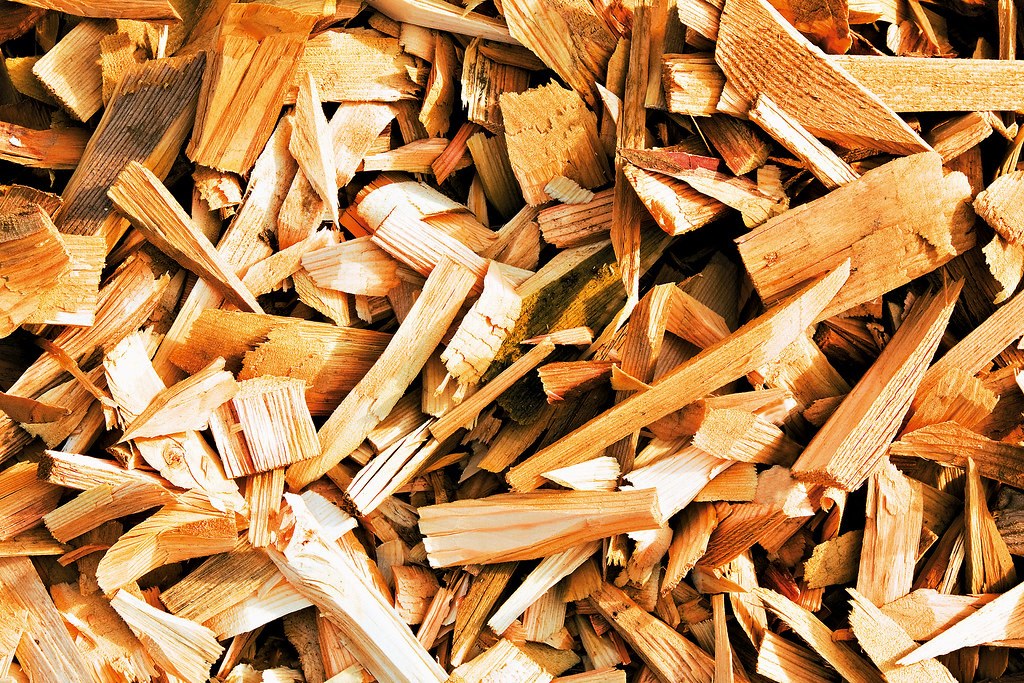Energy consumption

As a whole, energy consumption of Catalan cement plantsrose by 1% in 2019, after a 2% reduction the previous year. The apparent stability of this magnitude is tempered by the commitment to use biomass and other alternative fuels, which in 2019 (latestyear with available data) allowed to reduce the consumption of fossil fuels by 8% (781 thousand tons less).
Effectively, thisfigure only confirms a trend in recent years: the progressive substitution of non-renewable (and highly polluting) energy for fuel from waste (partially or fully biomass), which translates into better environmental performance of cement plants.
In the energy field and given the diversity of fuels used, the measure used to homogenize the quantities is the joule (symbol J), unit of energy, quantity of heat and work in the International System of Units.Is a derived unit that is defined as the work done by the force of one newton when the point where the force isapplied moves one meter in the direction of the force. In fact, due to the high consumption, gigajoule (GJ) is used in cement factories, which corresponds to one billion joules.
| 2017 | 2018 | 2019 | Var. | |
|---|---|---|---|---|
| Traditional fuel | 10.521.186 | 10.332.268 | 9.551.594 | -8% |
| Partially biomass fuel | 2.521.403 | 2.731.366 | 3.082.903 | 13% |
| Alternative biomass fuel | 1.634.458 | 1.320.710 | 1.829.618 | 39% |
| Total | 14.677.048 | 14.384.344 | 14.464.115 | 1% |
Note: Quantities in GJ
Source: Oficemen

